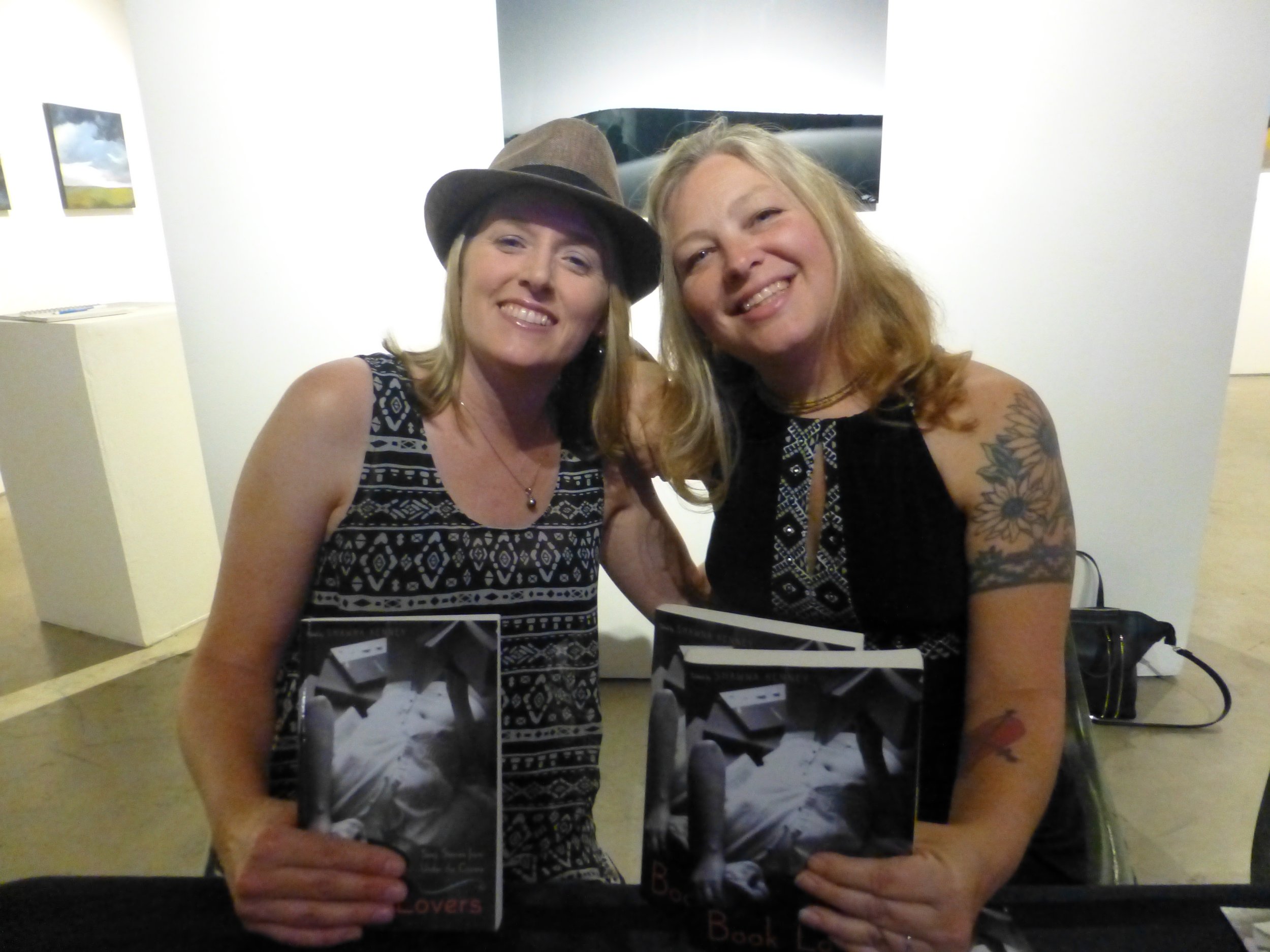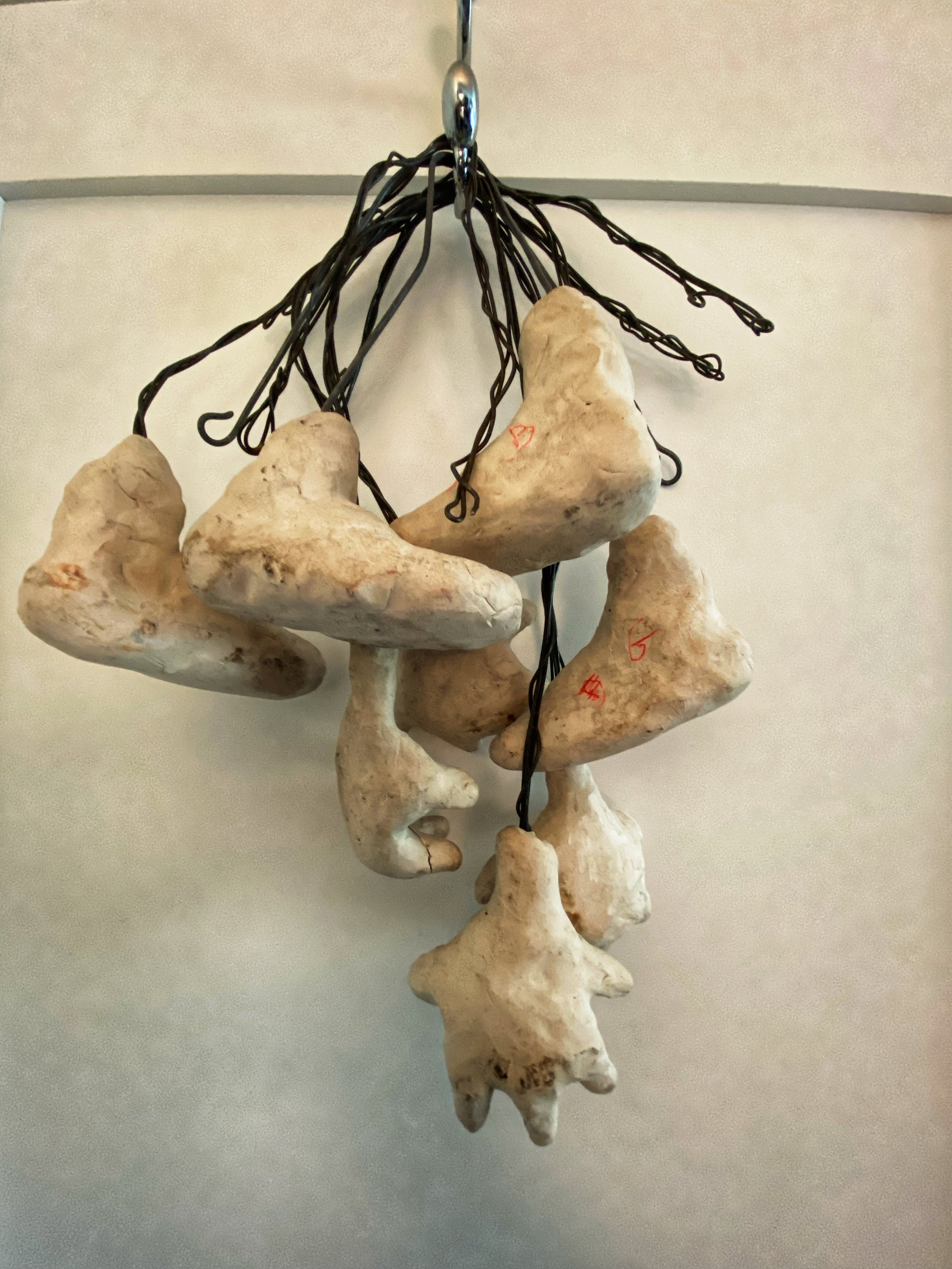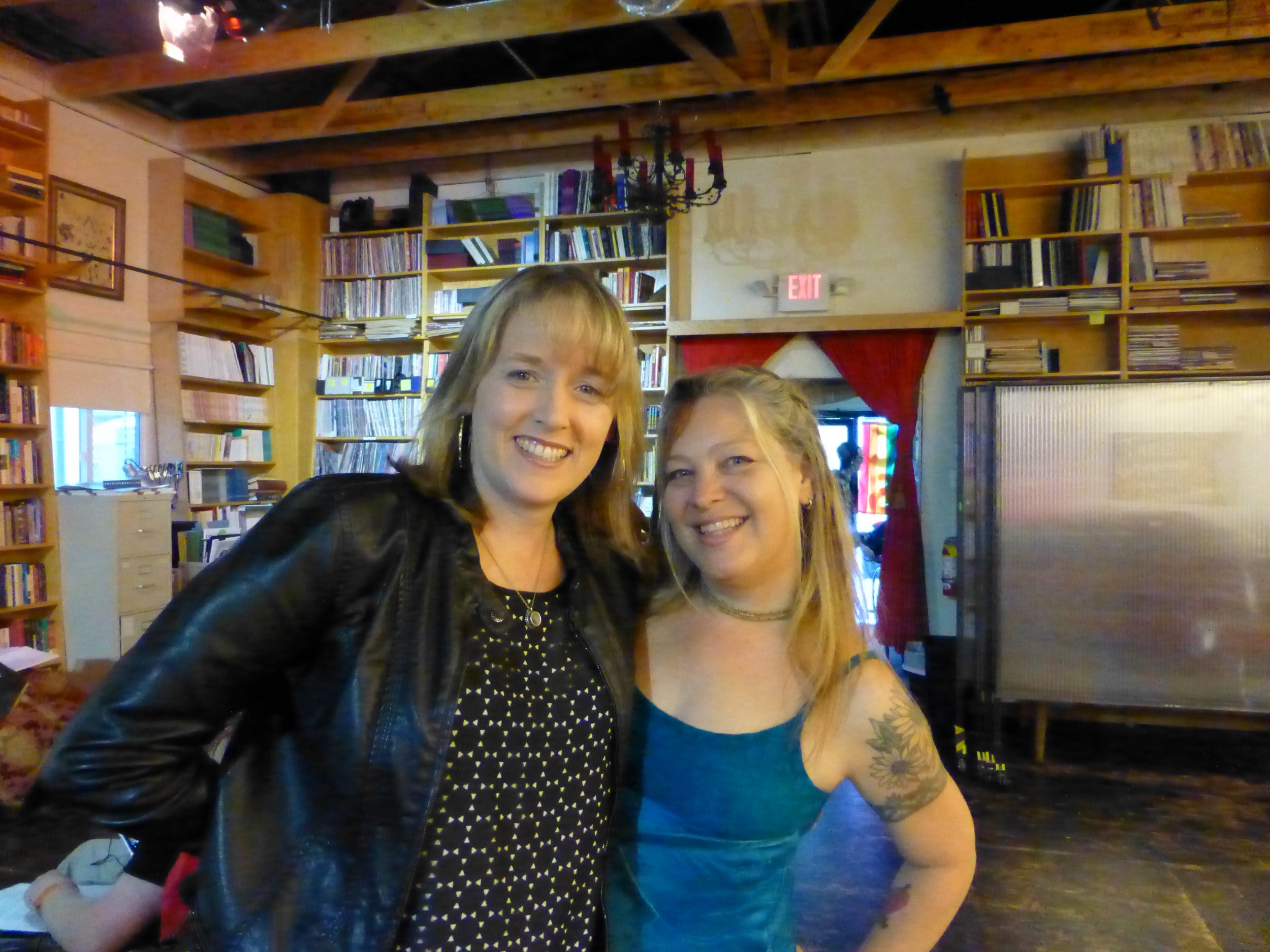I recently completed two copyediting tests for traditional publishing houses to earn a spot in their freelance pools: one for a Big Five publisher and one for an independent press. I only “passed” one of them. Here’s what happened.
In January I sent a cold email to an editor at a Big Five imprint, not expecting a response. I introduced myself, mentioned a couple authors I’m a fan of, provided a brief background on my skills, and shared topics of specific manuscripts I’d recently worked on. As I knew there’d be a test before I was approved as a vendor, I mentioned I’d be happy to take it.
Big Five Copyediting Instructions
A different staff member replied and asked if I wanted to take their copyediting test or their proofreading test. I chose the copyediting test. I had five business days to take it once I received this form email:
“Thank you for your interest in freelancing for [BIG FIVE PUB]. Please copyedit the accompanying manuscript in Microsoft Word with Track Changes on and return by [DATE].
Please note the following:
Review the copyediting instructions before you begin.
Supply a style sheet when you deliver the manuscript.
This manuscript includes trailing phrase endnotes (sometimes referred to as blind notes). Please leave the 000 page number markers, but check phrases as necessary.
Use comment bubbles to flag material such as lyrics and/or poetry that might require permissions.
We follow Merriam-Webster Collegiate Dictionary, Online Edition; Merriam-Webster’s Unabridged Dictionary, Online Edition; and The Chicago Manual of Style, 17th Edition, in matters of spelling and style.”
The attached documents included the first chapter of a historical nonfiction text about the Chinese Communist party, including a title page, a copyright page, an epigraph, footnotes, endnotes, and a bibliography—a total of sixteen pages. It looked intimidating at first glance but doable because it was relatively short, despite being longer than most copyediting tests. My first thought, though, was what the hell are trailing phrase endnotes?
The accompanying document was their standard two-page “Instructions for the Copyeditor,” including the manuscript title, author name, genre, ISBN, and a series of boxes, with the relevant ones marked with an X.
I was to track changes in Word and perform “light” editing: “fix bad grammar, typos, incorrect punctuation, capitalization, spelling repetitions, and ambiguities; do not rewrite, cut, or reparagraph; query inconsistencies.”
That I wasn’t allowed to rewrite or cut at all scared me a little. As a writer and copyeditor, that’s hard not to do.
Under “Fact Checking,” I was instructed to “check names and dates and other factual matter” and “check all foreign language words and phrases.” Not a problem!
Under “Punctuation,” the “yes” box next to “Serial comma?” was checked. Hallelujah. The document also stated the punctuation was already “about right, but correct any errors.” Sweet!
The document stated the language was appropriate for the audience and subject matter. At this point, I thought, How hard can copyediting sixteen pages and throwing together a style sheet be? The answer, I would learn, was “nearly impossible.”
The Big Five Copyediting Test Goes Well—at First
First I Googled “trailing phrase endnotes,” which are notes keyed to words or phrases instead of superscript numbers. In other words, quoted text in the endnotes corresponds to page numbers. My handy Chicago Manual of Style account showed me how to correctly format each one. Simple enough.
Next I started on the title page and praised myself for noticing immediately a very subtle change to the title and a missing apostrophe in the subtitle: “. . . the World’s Largest . . .” Below the publisher’s name was a list of cities from whence they hail: “New Delhi” was missing an “h.” I was on fire, and I hadn’t even started reading chapter one yet!
When I flipped to the copyright page, I reached for a couple nonfiction books on my shelf published by the same house to painstakingly compare them. At this point, I felt confident. I felt even more confident when the next page included song lyrics, and I remembered to leave a note for the author to request permission to print them. The band’s name was misspelled, and the song title needed quotation marks. I’m a rock star copyeditor! Let’s go! I thought as I flipped to the first page of chapter one.
Then shit got real.
The Urge to Revise When Asked to Query
A few changes on the first page were no-brainers: Change “30” to “thirty”; capitalize “mainland” in “Mainland China”; change “Party” to “party” in “member of the party”; fix a typo that made “in” “an” instead; change the “a” to an “e” in “effectiveness”; and remove the apostrophe in “1980’s.” (Major pet peeve!)
Here’s where it got trickier: I’d been instructed not to rewrite, but many sentences were in passive voice, so I called attention to each one in a comment box. “They were soon joined by other groups” sounds better as “Other groups soon joined them,” and “. . . the CCP responded to the protests by publishing . . .” sounds better if written, “The CCP published . . . to respond to the protests.”
Watch for Tone, Go with Your Gut
The textbook-like language was relatively formal. This was not a voice-driven memoir, so sentences like, “Everybody had something to gripe about” stood out—not in a great way. I suggested revising to fit the tone and voice of the rest of the chapter. I also noticed “protests . . . had discontent at their heart” seemed off because “protests” are plural, and “heart” is singular. For the most part, in the beginning, I fought my instincts to rewrite the text, but sometimes it’s easier to do it yourself than write a comment for someone else to do it later. For instance, I changed “. . . there had been very few political reforms to coincide with . . .” to “few political reforms coincided with . . .”
Damn their instructions! Sort of.
Fact-Check Names and Ask Author to Clarify
My eyes crossed as I double-checked each instance of the word “Tiananmen” because it was often spelled incorrectly and not always in the same way. I listed it as one of the names on the style sheet I created. Another name I added was “Deng Xiaoping” and noted the author didn’t explain who Deng was at the beginning of the chapter. There was no context for anyone who didn’t already know China’s history.
I italicized the newspaper People’s Daily, which the author called the “official newspaper.” Of what? Google is a copyeditor’s friend, and this time was no exception. Instead of changing the text to “official newspaper of the Chinese Communist party,” I added it as a suggestion in a comment box because, once again, I had been instructed to do “light editing.” With all the problems I found in the manuscript, I wondered, How is one supposed to lightly edit this?
Did I mention I was still only on page one?
When I reached page two and Googled “Teng Hsiao-p’ing” (and added the apostrophe to his name), I noticed Teng and Deng were the same person, but the author hadn’t clarified this. Which name did the author want to use? Choose one or explain they’re the same man.
It quickly became clear this test was made cumbersome on purpose to weed out prospective copyeditors, but I didn’t want to give up; I wanted to see if I could “pass” it.
Word Choice, Repetition, and the Footnotes That Almost Broke Me
The word “Oriental” appeared on page two to describe “society.” Yikes. I advised the author to use an alternative, less offensive word to refer to people. I made twelve comments total on page two, including one that asked the author to cite a source. I fact-checked an incorrect date. I deleted the useless word “utterly,” and added an “e” to “feared.”
On page three I noted redundant information that already appeared on page two and called out a repetitive phrase that appeared in two consecutive paragraphs. When I reached my first footnote, I almost quit. The author’s name was misspelled, and the referenced page numbers were wrong. This manuscript required tons of fact-checking.
Did I mention copyediting tests are unpaid?
One footnote in chapter two needed to be deleted completely because it referred to something that didn’t exist in the text, which meant renumbering the footnotes, which weren’t numbered at all but were instead denoted by symbols: “* † ‡.” Fun!
Bogged Down in Research
I pointed out a cliché: “stirred the pot.” I fact-checked another incorrect date, and I tried to locate “Ximen River” on a map in Weng’an County and failed to do so, despite it showing up in an article on the internet that this chapter was based on. (Where the hell is Ximen River? I thought, as I spent way too much time scouring Google Maps with no luck.)
Remember the Audience
When the author referred to a young woman who’d been killed as a “corpse” in an “ice coffin” along the river, I urged “revise!” Another offensive “yikes!” moment that I’m sure the test creators added on purpose to see how copyeditors would respond. Remember the audience: This is nonfiction, not sci-fi, and she’s someone’s daughter, her death inciting an important political moment in history.
Then protesters were said to have “legitimate problems,” but what were they? I wondered.
Revising Is Faster than Querying
By the fourth page of chapter two, I gave into my impulse even more to “rewrite” and “cut” when instructed otherwise. I deleted a sentence that appeared word for word twice back-to-back. I revised phrases like “due to the fact that,” an overused phrase that bugs me.
I continued to fix misspelled names, point out incorrect facts, ask the author to clarify confusing statements, and adjust footnotes. Then I proofread the endnotes, checking links, italicizing large works, putting quotation marks around smaller works, and deleting unnecessary information. Finally, I noted why the bibliography was formatted incorrectly and how to change it.
One Last Pass . . . Then Another
Every time I took “one more pass” through these sixteen dense pages, I found something else I’d missed. I was impressed with how thorough the test was at making me question my knowledge, abilities, and mental health. But I’d come too far to quit now.
What’s in a Style Sheet?
In my style sheet, I wrote chapter overviews with the correct timeline of events, dates, names, etc. I added notes about grammar, acronyms, numbers, and punctuation based on perceived author preferences and pertinent Chicago Manual of Style rules. I listed notes about references and permissions, offensive and outdated language, and correct spellings of names of people and locations.
In all, I spent four full business days on this Big Five copyediting test, and when I sent it to the editor, I didn’t care anymore if I’d passed it or not; I was happy to have finished it. Also, I returned the completed test two days early.
The Shorter Independent Press Test
If I could finish this test somewhat successfully, I could finish any copyediting test, so when I saw a dreamy independent press call for freelance copyeditors and proofreaders on LinkedIn, I was excited. I sent an email and awaited the test—this time for both copyediting and proofreading. The copyediting test was two-and-a-half pages, and the proofreading test was one PDF page (two printed book pages side by side). Piece. of. Cake.
The instructions were simple, and I didn’t need to create a style sheet: “Freelancers should have familiarity with Chicago style as it pertains to trade book publishing, an ear for literary voice, and the ability to communicate sensitively.”
Attacking the Work Like It Was My Own
I turned on Track Changes in Word and attacked this copyediting test like I would my own writing—striving to maintain the author’s voice as he explained the origins of how he came to write this book. In the first sentence, I changed “sit around dreaming” to “dream.” In the first paragraph, I capitalized the first word in a question after a colon and deleted an unnecessary comma that divided a complete sentence and an incomplete sentence separated by “and.” I fixed a run-on sentence. I queried if the author meant “eternal” instead of “temporal” to describe “common questions.”
On the first page, I also fixed a misspelled “calendar” and changed “where” to “in which” in “. . . three calendar years where my own responses . . .” I deleted two hyphens to create “twenty-nine years old” and fixed subject/verb agreement in “all utopias has,” which clearly should be “have.”
I noticed the misuse of “sometime” and broke it into two words. I queried “American utopian communities,” asking “Which ones?” Could the author be more specific than “American”? I changed “Youtube” to “YouTube” and three-hundred-twenty-six” to “326.” At one point, the author wrote “etc., etc.” Instead of querying to suggest a change, I crossed it out in favor of “and so on.”
Slash and Burn
On page two, I did quite a bit of revision, not considering that the Big Five instructions from the previous test might apply here as well. “I watched as the files piled up” became “I watched the files pile up.” “I kept thinking that” became “I often thought.” “I kept waiting” became “I waited.” “A co-worker of mine” became “My coworker.” I deleted “just” when it was unnecessary. (You’d be amazed how many writers use the filler word “just” in a manuscript. “Find” that word in yours and see what I mean.)
I slashed and burned this sentence: “All this stuff, all of these little things which I keep thinking were the precursor—or the thing that was eventually going go to make way for the . . .” What a mess. I wrote this instead: “All this stuff I thought was the precursor was what would eventually make way for the . . .” It still wasn’t optimal.
Revise for Clarity
I changed “its” to “the pages’” and “it” to “the files” to clarify what “its” and “it” referred to. I changed “might” to “may” and added “rather” to create this sentence: “I may have known that sooner rather than later.”
On the last half-page, I added “19” to “1990s.” I took out the hyphen in “nonfiction.” I changed “things” to “ideas” and cut excess words, making sentences clearer and more succinct. I queried several more items: When the author wrote, “. . . butt of its own joke,” I asked, “How else might this be rewritten to avoid a commonly used idiom?” I suggested “a lot” was a word choice issue. (One of my teachers once said, “A lot is a piece of land.”) When the author switched from writing in first-person to second person with “. . . if you do it right . . .” I suggested recasting the sentence.
Query Madness
When the tone and content shifted in the last paragraph to include “egomaniacs,” “boy kings,” and “bad theologies,” which didn’t coincide with the rest of the prose, I pointed it out. Which egomaniacs? Which boy kings? Which theologies, and what makes them bad? The conclusion introduced a new topic that was never covered.
I thought I’d nailed this copyediting test after a few passes, spending much less time than I did on the longer test with the prior publisher.
Proofreading: Orphans, Ladders, Meticulous Details, and Offensive Language
The PDF proofread didn't seem too difficult either. Immediately I saw the missing “l” in “enrollment.” “Hoodwinked” is one word, not hyphenated. At the end of the first paragraph, the orphan “him” appeared on a line all by itself—and shouldn’t. In the second paragraph, the past tense verb “listened” didn’t align with the present tense verb “explain” in the same sentence, and I deleted an extra space in a properly hyphenated word.
In that same column, “student Union” didn't need a capital “U,” and “...” didn’t follow the Chicago ellipsis style with spaces: “. . .”
I capitalized “Black” when referring to people, spelled out numbers under 100, and added a hyphen in “sing-alongs.”
In the second column, a ladder needed to be fixed. In typography, a “ladder” describes when a hyphen appears at the end of multiple consecutive lines. A book is more visually appealing and readable without it.
Fact-checking was in order for “Slurpie” and “7/11,” both proper names spelled incorrectly. (The correct words are “Slurpee” and “7-Eleven.”) I added an Oxford comma in “long hair, scraggly facial hair, or sloppy clothes . . .” and queried this line: “. . . to say nothing of Black folks,” which struck me as overly generalizing. I wrote, “Pointing out how Black students stood out and calling them ‘folks’ could be considered offensive.” At the proofreading stage, when text is already formatted, something like this should have been caught sooner.
Many proofreading changes involve whether or not something is a compound word; “back seat” is not one of them if used as a noun. “Saint Louis” is “St. Louis.” A single straight quote (') isn’t the same as an apostrophe, and commas surround names of states when listed with cities, like in “. . . West Memphis, Arkansas, an unmarked sedan . . .”
So Much Quality Competition
I finished the indie press copyediting and proofreading tests feeling positive but knew I had competition because the call on LinkedIn had 728 likes, 140 comments, and 79 reposts last time I checked, and finding work via LinkedIn is like screaming in the middle of an empty forest.
Response Time for Results
The response time between the date I turned in my test to the Big Five publisher and their decision was six weeks and two days. The time to receive a response from the smaller press was five weeks and came in the form of a group email with attached rubrics to show us exactly what the “correct” answers were, which was unexpected and extremely generous.
Which Test Did I Pass?
Believe it or not, I passed the harder test from the Big Five publisher and wasn’t accepted into the freelance pool following the shorter test for the independent press.
Relish and Heed the Rare Feedback
The editor at the Big Five replied, “You’ve been approved! With a caveat.” She said I’d caught “pretty much all of the errors we check and also had useful queries.” The caveat: I was “a little overzealous in rewriting” with regard to removing “unnecessary sentence openers, taking out passive voice,” and deleting “that” to tighten up the work. In this case, I edited too much.
Point taken.
“We often have very voice-y memoirs or fiction where that level of rewriting could get problematic,” she wrote. I fully embraced this wonderful note, but I did ponder the text they’d given me to edit, which wasn’t a “voice-y memoir” nor “fiction.” I assume it’s the standard test for every one of their imprints. She mentioned it was a “fine line to walk.” I agreed.
My favorite note from her email was this: “You’re at an 11, and we want you to dial it back to a 9.” She asked if that made sense. Yes, it does. “Granted, I don’t know how much of this was simply you trying your best on the copyediting test, since, well, it was a test! We don’t want to penalize you for good work.”
First Big Five Projects
I was surprised and pleased with these results, and I have since completed a “low stakes” endnotes and index proofread for the Big Five and am awaiting a full memoir project in August. The August memoir is a “cold read,” which means I’m taking the first pass after the book is formatted to catch the pesky errors that were missed at the manuscript proofreading stage—as far as I understand it.
I didn’t receive the same personal feedback from the independent press, but when I went through the rubric and noticed I’d caught 99 percent of their changes—and then some—I realized they’d probably have the same feedback as the Big Five if asked: I edited too much.
Minor Mistakes Are Inevitable
I missed “loose lines” in the PDF file where alignment needed adjustment, and I didn’t see a dangling modifier. (Gasp!) No one’s perfect, which is why these manuscripts go through several rounds of copyediting and proofreading with different sets of eyes before printing.
The independent press’s parting words were, in part, as follows: “We received hundreds of excellent tests and were able to onboard only a handful of the many talented editors who applied. Of course, no two edits will be exactly alike, and many astute suggestions that were made are not represented [in the rubric].”
Rejection Is Also Inevitable
This is not my first rejection and won’t be my last. Finding freelance work as a traditional publishing copyeditor is not easy, but it can be done.
Say ‘Hey!’
Contact me with any questions, suggestions, or to share your own experiences. I’m always available to quote individual author projects and look forward to hearing from you.
Side note: The 18th edition of The Chicago Manual of Style is coming this fall! Here are some updates.













